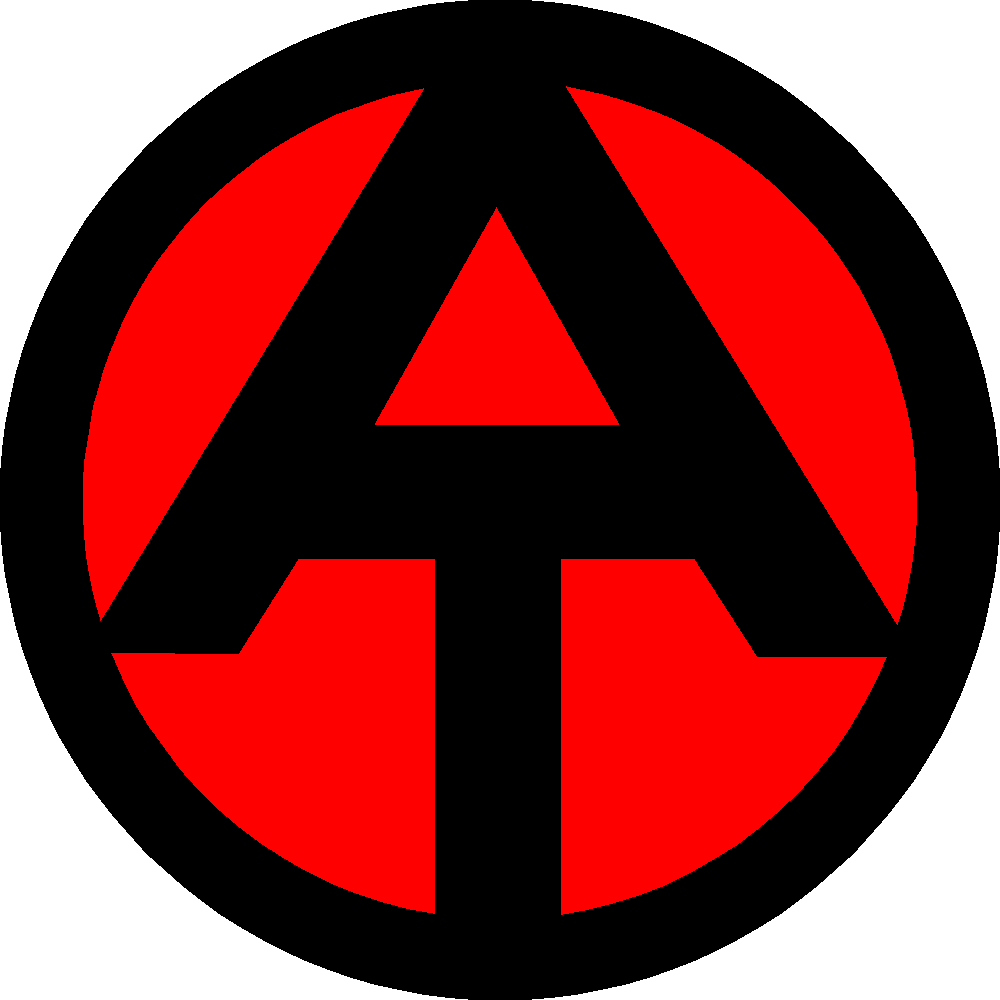
The 2017 Summer Trip is just around the corner. I feel a bit more prepared this year compared to the past. Attempting to learn and improve, I have made the following changes with the preparation this year:
(1) Not waiting until the last minute to pack. My clothes duffel is practically complete. I’ve picked through the large storage areas under the main bed and the bunks, getting rid of items not needed. Hitch up and ready to go.
(2) Doing campsite research ahead of time and then being ready to make reservations when sites are first available. Camping at a national park campground is almost always preferable. The price is right and the location puts you near where you want to be. When making a campground reservation you need to know what sites can fit your RV (the smaller the RV, the more sites that are available). Using Google Maps for a bit of reconnaissance helps me take the campground map and figure out which site will work best. Come reservation time, you need to be ready. Most national park’s book their campsites 6 months out… to the day. Usually the reservation window opens at 10am eastern and if you want that dream campsite on the North Rim of the Grand Canyon, then you need to click the book button at exactly 10am.
(3) I took a course in how to offroad using my 4 wheel drive. I have an offroad capable vehicle but have been hesitant to go on the national park’s 4×4 roads because of my lack of knowledge. A few weeks back, Sarah and I headed to a offroad park for a 4×4 101 class. I was able to learn about all the capabilities of my vehicle as well as my limitations as a driver. I was amazed at the terrain that my vehicle could handle and feel much more confident in adventuring on 4×4 roads in the national parks.
(4) Pre-execution checks. Maintenance at the RV dealership where I purchased my travel trailer is becoming problematic. They have proved themselves untrustworthy with their ability to do basic tasks, despite my willingness to pay for it. I have to start doing most the maintenance myself. Before the big trip, I was able to take the trailer on a few weekend camping trips to make sure everything is working.
(5) Less books. I read all the time. On past trips, I’ve packed a milk crate worth of hardcover books. Piles of guide books had surround my bed. Christa said, “Why don’t you use your Kindle?” Besides the fact that I prefer the advantages of a hardcover book (no power required, easy to bookmark, highly portable). Well, I’m going Kindle for this summer. That should easily save about 25lbs of weight and space.
(6) Bluetooth adapter for travel trailer sound system. I saw a recommendations for a bluetooth adapter to connect an iPod to a trailer’s sound system. In the past I have used a simple patch cable. That was often a pain due to the case my iPod is in, it was hard to get the plug seated properly. Then I relied on a playlist shuffle and preset volume to carry the day. Now with the bluetooth adapter I can keep the iPod with me and adjust what is playing on the fly. The only downside is the battery life of the bluetooth adapter. When it runs out of juice, your done.
(7) Practice cooking. Easily one of my biggest summer trip failings is my inability to throw together decent dinners. Usually it will not take much to convince me to make dinner plans at the national park’s dining concessions. I consistently underestimate the time involved in dinner meal preparation. Therefore, I have been trying to practice cooking some basic dinner meals that I will be able to reproduce while at the campsite.
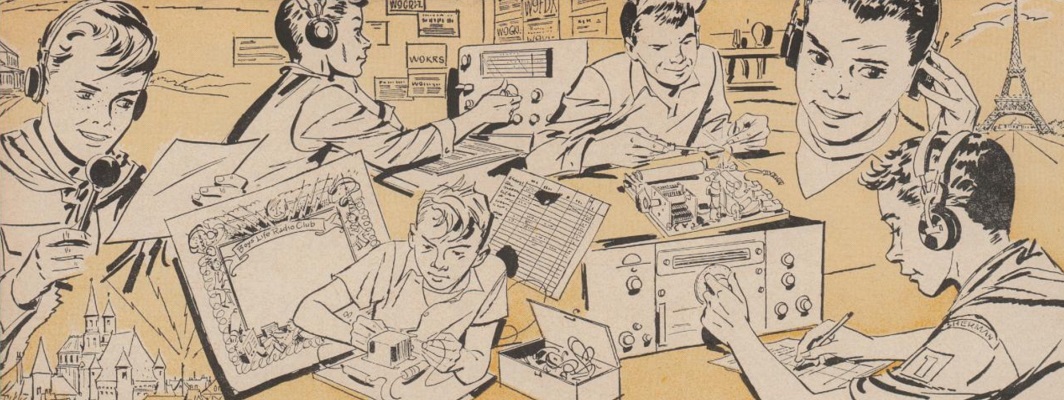
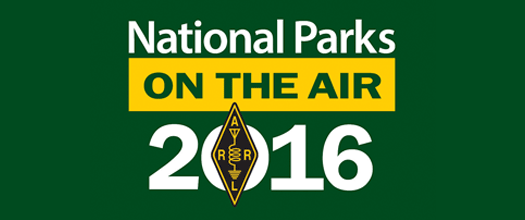 The National Parks on the Air (NPOTA) is off and running. Making contact with a handful of stations currently operating from NPOTA locations has made me wonder if the ARRL has had a good idea with NPOTA as a way to help celebrate the anniversary of the National Park Service.
The National Parks on the Air (NPOTA) is off and running. Making contact with a handful of stations currently operating from NPOTA locations has made me wonder if the ARRL has had a good idea with NPOTA as a way to help celebrate the anniversary of the National Park Service.
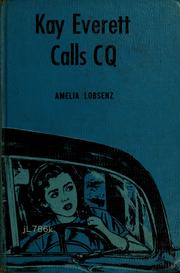
 My favorite amateur radio blog comes from Jeff Davis, KE9V. If you have been following
My favorite amateur radio blog comes from Jeff Davis, KE9V. If you have been following 

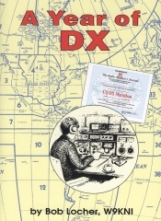
 I’m continuing my research of
I’m continuing my research of  I contacted Dr. Haring (she’s a professor at Auburn University) and asked if she could provide me any additional information on the MARS Bulletin. Dr. Haring told me that she had accessed the MARS Bulletin while conducting research at both the Library of Congress and Columbia University’s library. She also recommended a search tool called
I contacted Dr. Haring (she’s a professor at Auburn University) and asked if she could provide me any additional information on the MARS Bulletin. Dr. Haring told me that she had accessed the MARS Bulletin while conducting research at both the Library of Congress and Columbia University’s library. She also recommended a search tool called 
 – Following another lead for QST, I found a letter to the editor in the October 1998 issue from a gentleman by the name of Robert Gabardy, K4TJ. In the letter, Mr. Gabardy explained how he was part of a team which formed to bring MARS back to life back in 1949 and explained how they arrived a the new name for the organization. I was able to contact the retired Lieutenant Colonel Robert Gabardy, who served in the US Army for a period of over 23 years and is a veteran of WWII. He was able to give me a bit more background and also agreed to respond to some additional questions that I am developing.
– Following another lead for QST, I found a letter to the editor in the October 1998 issue from a gentleman by the name of Robert Gabardy, K4TJ. In the letter, Mr. Gabardy explained how he was part of a team which formed to bring MARS back to life back in 1949 and explained how they arrived a the new name for the organization. I was able to contact the retired Lieutenant Colonel Robert Gabardy, who served in the US Army for a period of over 23 years and is a veteran of WWII. He was able to give me a bit more background and also agreed to respond to some additional questions that I am developing. – My last hot lead comes from another QST letter to the editor from the June 1998 issue that had caused LTC Gabardy to write in. This letter was from George Hart, W1NJM, a former staff member of ARRL… but also a former member of the AARS and also an Army veteran of WWII. From what I can tell now, Mr. Hart is in a retirement facility in Connecticut. I am going to try to reach him tomorrow and see if I can conduct a telephone interview with him. He would be an amazing source of information into how AARS functioned. I am particular interested in trying to determine why the US Army failed to directly draw from the pool of trained AARS operators to fill the ranks of the Signal Corps after Pearl Harbor. Equally confusing is why the Army didn’t maintain the organization to continue to fulfill its domestic responsibilities of acting as an auxiliary communications network. Instead AARS disintegrated within hours after Pearl Harbor, but only to be replaced later by the Wartime Emergency Radio Service (WERS).
– My last hot lead comes from another QST letter to the editor from the June 1998 issue that had caused LTC Gabardy to write in. This letter was from George Hart, W1NJM, a former staff member of ARRL… but also a former member of the AARS and also an Army veteran of WWII. From what I can tell now, Mr. Hart is in a retirement facility in Connecticut. I am going to try to reach him tomorrow and see if I can conduct a telephone interview with him. He would be an amazing source of information into how AARS functioned. I am particular interested in trying to determine why the US Army failed to directly draw from the pool of trained AARS operators to fill the ranks of the Signal Corps after Pearl Harbor. Equally confusing is why the Army didn’t maintain the organization to continue to fulfill its domestic responsibilities of acting as an auxiliary communications network. Instead AARS disintegrated within hours after Pearl Harbor, but only to be replaced later by the Wartime Emergency Radio Service (WERS). 
 I have been reading a few of books lately that have focused on the geek/nerd subculture. Benjamin Nugent’s
I have been reading a few of books lately that have focused on the geek/nerd subculture. Benjamin Nugent’s 
 Two other books focus on the Dungeons and Dragons role-playing culture. Mark Barrowcliffe’s
Two other books focus on the Dungeons and Dragons role-playing culture. Mark Barrowcliffe’s  Ethan Gilsdorf’s
Ethan Gilsdorf’s  I rented this on my Apple TV:
I rented this on my Apple TV:  These examinations of the geek/nerd subculture have been very enlightening. The recent ground swell is probably due to the maturity of those who lived through the hay-day of Dungeons and Dragons (late 70s and early 80s) which also paralleled the computer revolution. Whether it is for recreational escape or gravitating towards rule-based environments, the geek/nerd has come out of the high school A/V closet and has proudly integrated as a member of society… no longer on the social fringe.
These examinations of the geek/nerd subculture have been very enlightening. The recent ground swell is probably due to the maturity of those who lived through the hay-day of Dungeons and Dragons (late 70s and early 80s) which also paralleled the computer revolution. Whether it is for recreational escape or gravitating towards rule-based environments, the geek/nerd has come out of the high school A/V closet and has proudly integrated as a member of society… no longer on the social fringe. I have one of the first edition Kindles that I’ve had since last year. Previously I was using the
I have one of the first edition Kindles that I’ve had since last year. Previously I was using the  That’s pretty amazing as the Tolkien books have long resisted being available in digital format. As I’ve said above, I enjoy reading books on the Kindle and it is a huge space saver – but it does not work for me when I am using textbooks. I have found that when I am using a textbook, I need to physically make marks (highlights, underlining, stars, etc.) as well as notes in the margin – it helps me learn the material. Many of the eReaders allow you to make digital annotations… but that is not same (at least for me).
That’s pretty amazing as the Tolkien books have long resisted being available in digital format. As I’ve said above, I enjoy reading books on the Kindle and it is a huge space saver – but it does not work for me when I am using textbooks. I have found that when I am using a textbook, I need to physically make marks (highlights, underlining, stars, etc.) as well as notes in the margin – it helps me learn the material. Many of the eReaders allow you to make digital annotations… but that is not same (at least for me). 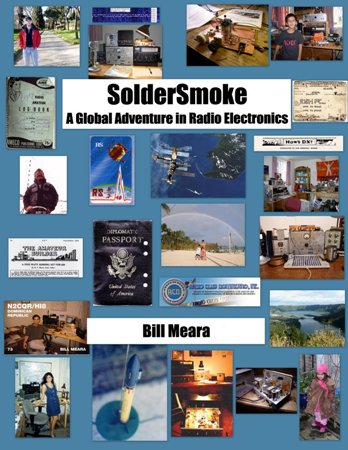 SolderSmoke: A Global Adventure in Radio Electronics, by Bill Meara, N2CQR, takes the reader on a journey into the magic of radio and the essence of the amateur radio hobby. The book is both a personal journal and a workbench notebook. Bill weaves together his exploration of radio through both his experiences since joining the hobby as a boy and the continual development of his conceptualization and resulting understanding of the basics of electronics. With a liberal arts education, Bill’s exploration of electronics becomes a passionate pursuit driven by questions not easily explained by standard text book answers. Anyone who has enjoyed listening to a
SolderSmoke: A Global Adventure in Radio Electronics, by Bill Meara, N2CQR, takes the reader on a journey into the magic of radio and the essence of the amateur radio hobby. The book is both a personal journal and a workbench notebook. Bill weaves together his exploration of radio through both his experiences since joining the hobby as a boy and the continual development of his conceptualization and resulting understanding of the basics of electronics. With a liberal arts education, Bill’s exploration of electronics becomes a passionate pursuit driven by questions not easily explained by standard text book answers. Anyone who has enjoyed listening to a  I am really enjoying this
I am really enjoying this